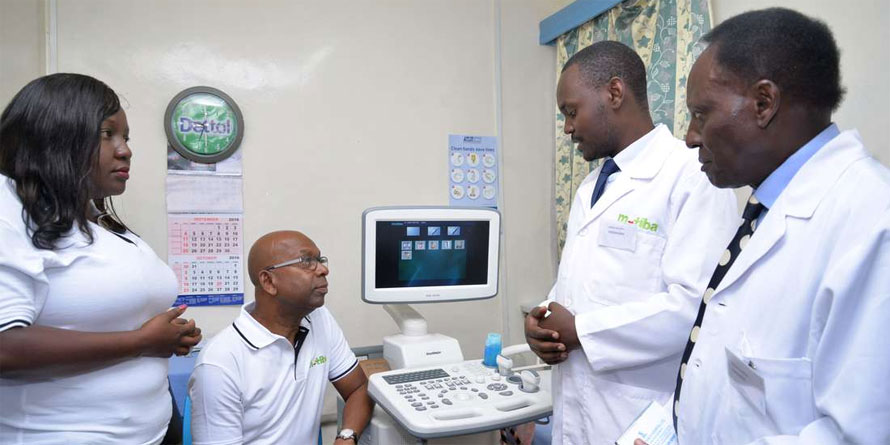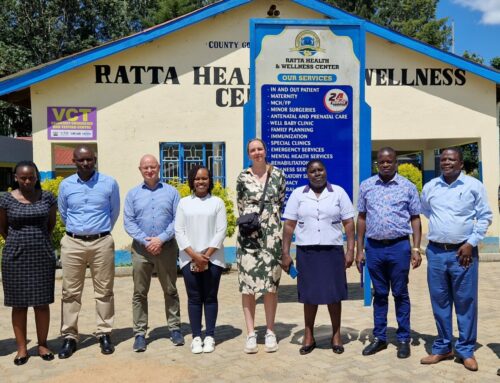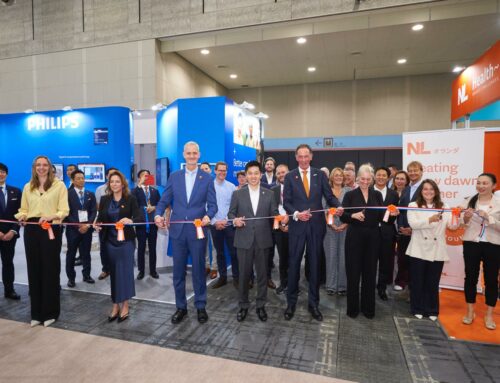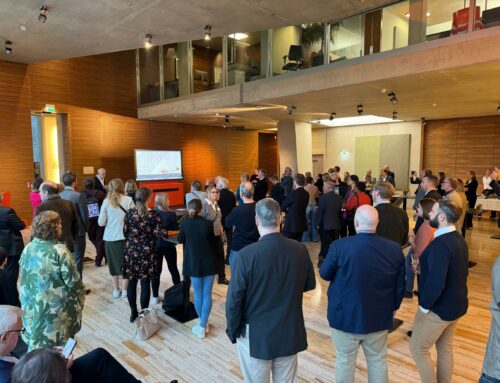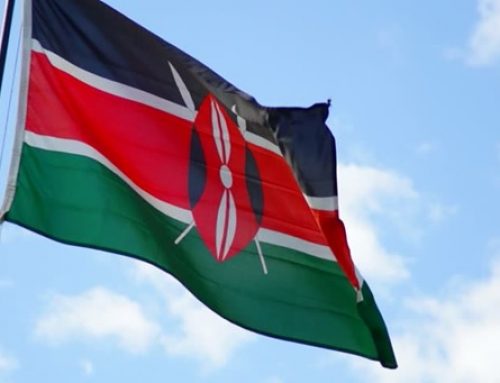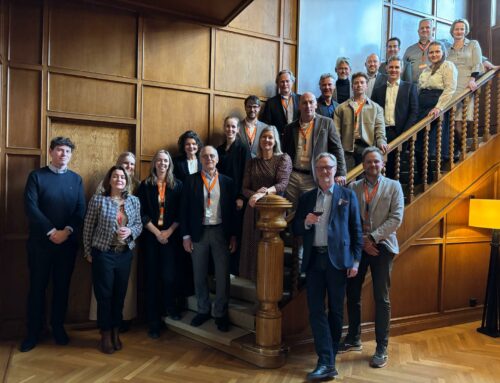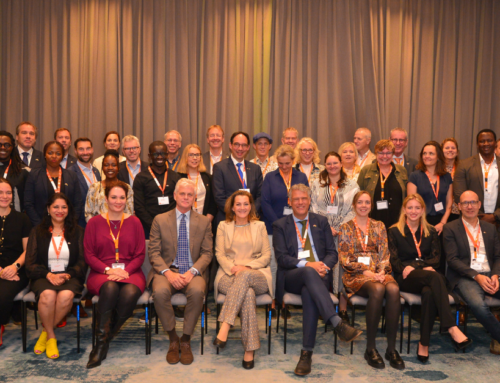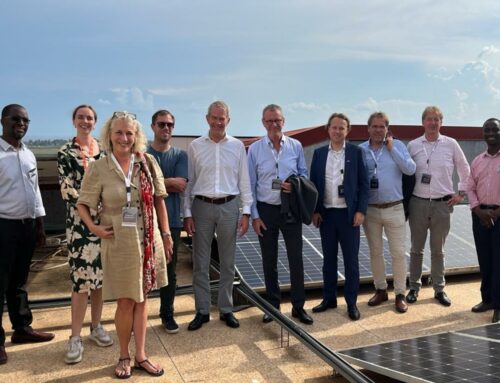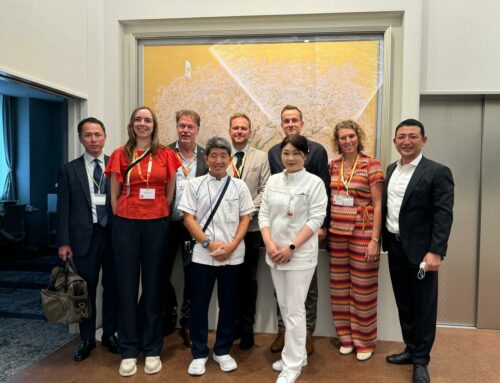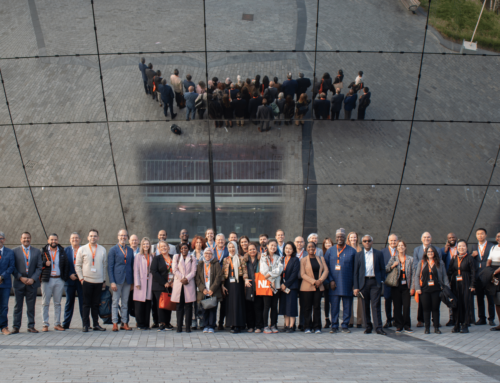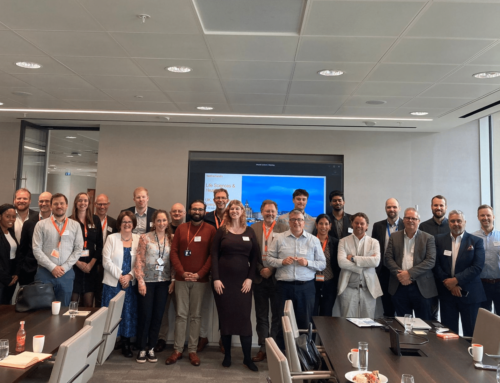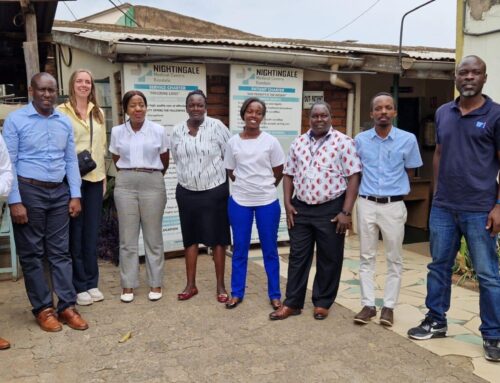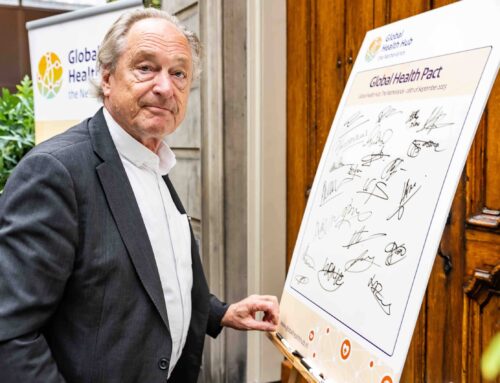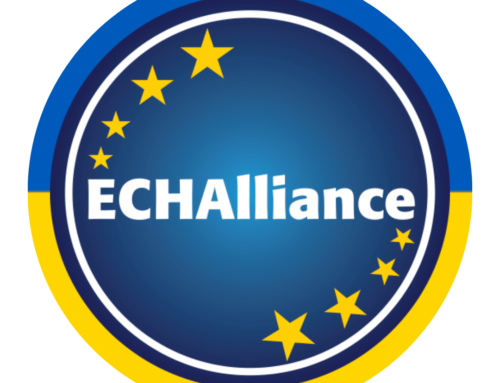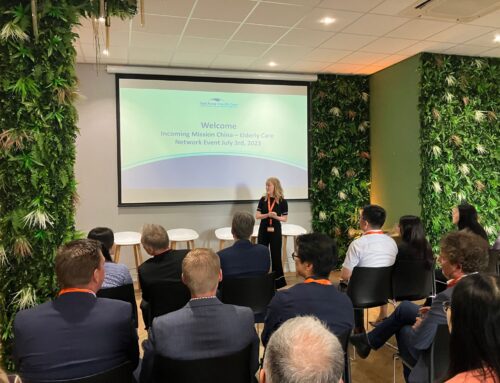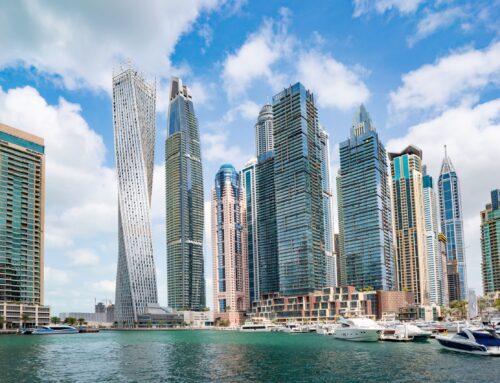One of the key things that have been tied to human happiness and overall well-being is good health. Besides, physical and mental health of citizens has been proven to make an important contribution to the economic progress of any country. This is because healthy populations live longer, are more productive and help save income that would otherwise have gone into meeting the cost of treatment. It is worth noting that the world’s recent transition from the Millennium Development Goals (MDGs) to Sustainable Development Goals (SDGs) in September 2015 put health as a primary issue of focus either directly or indirectly. Of the 17 global goals, the third one, “Good health and Wellbeing” puts emphasis on the need to promote good health and wellbeing of citizens.
This is the foundation on which the economic growth and development of a nation is built. The key objective of the third SDG is to achieve universal health coverage, and provide access to affordable medicines and vaccines for all. This can only be realised through affordable access to healthcare services and pharmaceuticals in facilities that have modern medical equipment. Sadly, most developing and least developed countries —a majority of them in Africa — continue to bear the cost burden of treating both communicable and non-communicable diseases that cause high mortality rates and drastic reduction in human capital. Lack of adequate medical infrastructure, and absence of essential healthcare machines and equipment have been identified as some of the factors affecting the quality, availability, accessibility and affordability of healthcare in many countries. Under the social pillar of Kenya’s Vision 2030 economic blueprint, the country aims to provide an efficient integrated and high quality affordable healthcare to its people with a focus on preventive care. The 2010 Constitution has devolved the health function to the counties. However, it is the call for enhanced partnership between the public and private sectors in the provision of quality and affordable healthcare in the Vision 2030 that has attracted potential investors to opportunities that exist in Kenya’s health services sector. One such interested group, the Dutch investors, will be visiting the country later this week to explore available investment opportunities, including partnerships with local firms and agencies. This is a critical visit for Kenya, which has the opportunity to interact and strike partnership deals with investors from a country whose health system stands among the best. The Euro Health Consumer Index has ranked the Dutch healthcare system as the best in Europe for seven consecutive years ahead of Switzerland — which is billed as the best country to live in.
The question, however, is why Kenya’s health sector would make an interesting destination for Dutch investments. First, the Dutch have a good reputation in Kenya in terms of trade relations and over the years the East African nation has enjoyed long-term Dutch financial support for development. Second, in 2015 the Netherlands was ranked the first-largest export destination of Kenyan products accounting for 30 per cent of the total exports to Europe ahead of the United Kingdom, France, Germany, Italy and Finland.
Even though the relationship between Kenya and the Netherlands is morphing from aid to trade, Kenya is among the few African countries that for many decades received Dutch funds for programmes aimed at strengthening the health sector. Currently, the Dutch presence in the Kenyan health sector is visible and impactful. The high-level business delegation visiting Kenya between April 19 and 21 is expected to explore investment opportunities in the health sector and discuss the challenges of optimising healthcare in the country. The delegation will also seek to assist in the creation of smart solutions that Kenya can use to transform the quality of its healthcare services. The M-Tiba is an example of e-health innovation that the Dutch government together with other partners is supporting. This is a mobile phone-based solution that allows a user to send, save and spend funds specifically for medical treatment. During the upcoming visit, the Dutch delegation will interact with local counterparts, universities and non-governmental organisations to share experiences and deepen business relationships. This tour is part of the aid-to-trade initiative meant to identify business opportunities for the Dutch companies in life sciences and health sector within the triple helix framework.
The new framework for aid-to-trade puts emphasis on private sector development, innovative financing, market and value chain development, technology transfer and the creation of a favourable business climate. It is only stronger partnerships and collaborations based on mutual understanding that will build and strengthen service delivery in Kenya’s health sector for economic growth and sustainable development.
Source: http://www.businessdailyafrica.com/analysis/Dutch-new-life-into-Kenya-healthcare/539548-3893074-nv6u58/index.html


